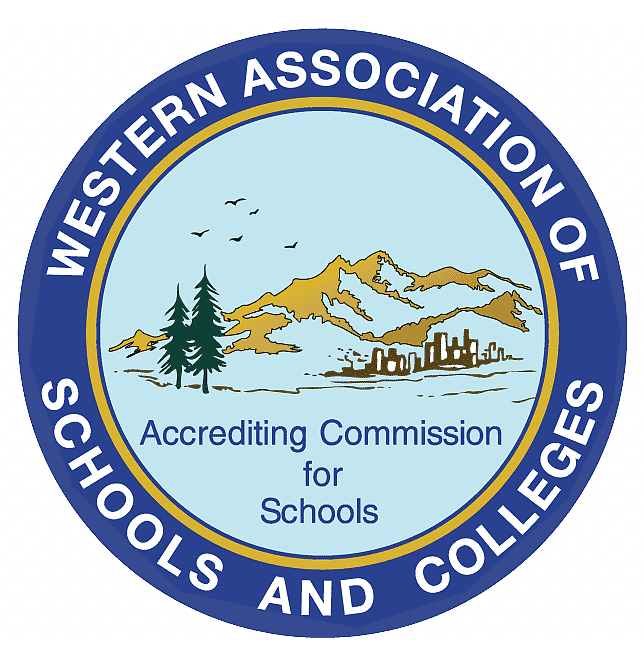Homeless Youth Education
The McKinney-Vento Homeless Assistance Act for Homeless Children and Youth entitles all homeless school-aged children to the same free and appropriate public education that is provided to non-homeless students. Every school district must appoint a liaison to assist these students.
A homeless student is defined as a person between the ages of birth (Early Head Start and Head Start Programs) and twenty-two (special education students) who lacks a fixed, regular, and adequate nighttime residence and may temporarily:
- Live in an emergency or transitional shelter; abandoned building, parked car, or other facility not designed as a regular sleeping accommodation for human beings;
- Live “doubled-up” with another family, due to loss of housing stemming from financial problems (e.g., loss of job, eviction or natural disaster);
- Live in a hotel or motel;
- Live in a trailer park or campsite with their family;
- Have been abandoned at a hospital;
- Be awaiting foster placement in limited circumstances;
- Reside in a home for school-aged, unwed mothers or mothers-to-be if there are no other available living accommodations; or
- Be abandoned, runaway, or pushed out youth or migrant youth that qualifies as homeless because he/she is living in circumstances described above.
A homeless student has the right to attend either the school of origin (the school that the student was last enrolled or attended when last housed) or the current school of residence. If a dispute arises over school selection or enrollment, the parent/guardian has the right to dispute the school’s decision by contacting the district’s homeless liaison at and following the district’s dispute resolution policy.
The law requires the immediate enrollment of homeless students, which is defined as “attending class and participating fully in school activities”. Schools cannot delay or prevent the enrollment of a student due to the lack of school or immunization records. It is the responsibility of the district homeless liaison to refer parents to all programs and services for which the student is eligible. Referrals may include, but is not limited to: free nutrition, special education services, tutoring, English Language Learners programs, Gifted and Talented Education program, preschool, before and after school services or any other program offered by the school or district. The district shall ensure that transportation is provided, at the request of the parent/guardian/unaccompanied homeless youth, to and from the school of origin, if feasible.
Unaccompanied youth, such as teen parents not living with their parent or guardian or students that have runaway or have been pushed out of their homes, have access to these same rights.
A homeless student that transfers schools after the second year of high school and is greatly deficient in credits may be able to graduate within four years with reduced state requirements. School districts are required to issue and accept partial credit for courses that have been satisfactorily completed.
